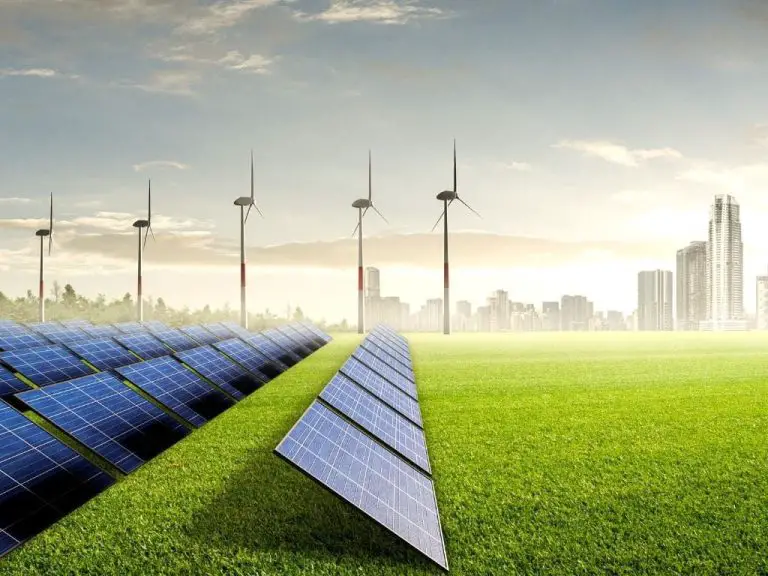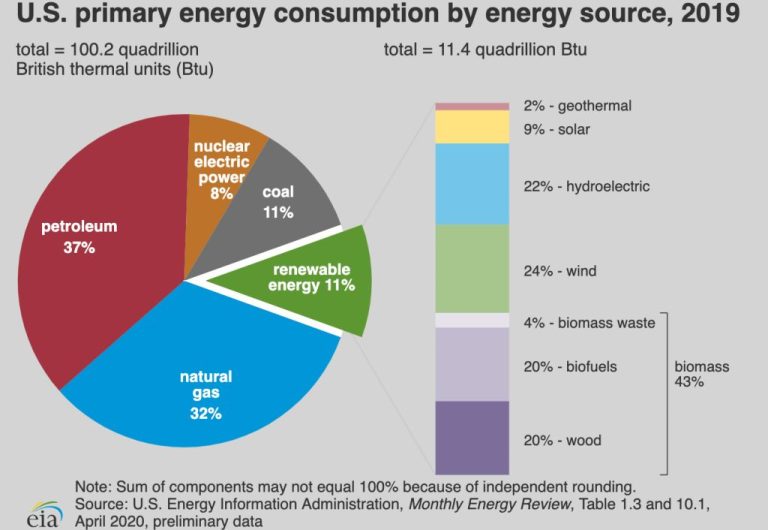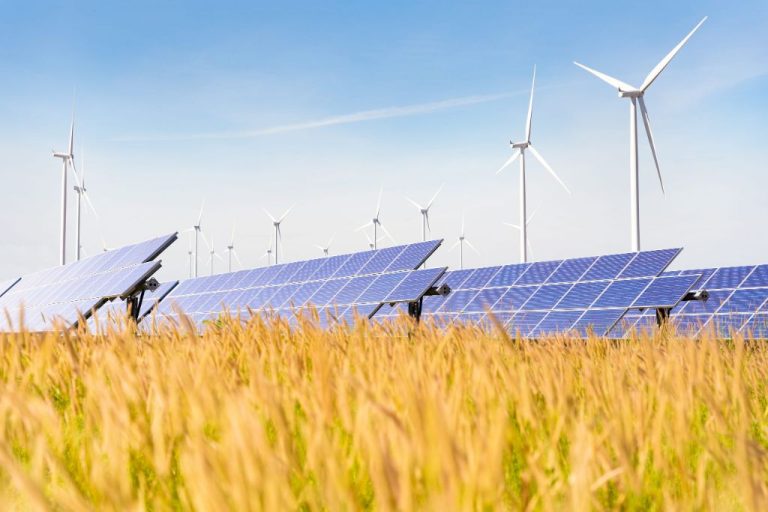How Does Something Get Potential Energy?
Definition of Potential Energy
Potential energy is stored energy that an object has due to its position or state. More specifically, it refers to the capacity for an object to do work based on where it is or what form it is in. For example, a ball held up in the air has potential energy due to gravity. When released, this potential energy is converted into kinetic energy as the ball falls and gains speed. The reason potential energy is referred to as stored energy is because it remains latent until the object moves. Some key facts about potential energy:
- It exists as a property of an object due to its position or composition
- It is not motion or moving energy, but rather energy at rest
- It can be converted into kinetic energy when released
It is measured in joules in the SI system
So in summary, potential energy describes stored energy in an object that can later be turned into active, moving energy. It is an important concept in physics and engineering when analyzing mechanical systems.
Types of Potential Energy
There are several main types of potential energy:
Gravitational Potential Energy
Gravitational potential energy is energy stored in an object due to its height above the ground. The higher the object is above the ground, the more potential energy it has. For example, a book sitting on a table has more gravitational potential energy than a book sitting on the floor because it could fall farther and release more energy when it hits the ground.
Elastic Potential Energy
Elastic potential energy is energy stored in elastic materials that are deformed or stretched from their natural state. For example, a compressed spring or stretched rubber band stores elastic potential energy. When released, the elastic materials will return to their original shape, releasing this stored energy.
Chemical Potential Energy
Chemical potential energy is energy stored in the bonds between atoms and molecules. This energy can be released in chemical reactions when the bonds are broken. For example, food, fuel, and batteries contain stored chemical potential energy that is released through combustion or other chemical processes.
Nuclear Potential Energy
Nuclear potential energy is energy stored in the nucleus of atoms due to the strong nuclear force holding protons and neutrons together. Nuclear potential energy can be released in nuclear reactions such as fission, fusion, and radioactive decay.
Gravitational Potential Energy
Gravitational potential energy depends on an object’s mass, height, and the strength of gravity. When an object is lifted upwards, it gains gravitational potential energy equal to the work done against gravity. The higher the object is lifted, the more gravitational potential energy it gains. This stored energy can later be converted into kinetic energy if the object falls. For example, holding a book above the ground stores gravitational potential energy in the book-Earth system. If dropped, this potential energy will convert into kinetic energy as the book accelerates towards Earth under gravity. The gravitational potential energy depends on the book’s mass, its vertical height above the ground, and the strength of Earth’s gravitational field.
The equation for gravitational potential energy is:
Gravitational Potential Energy = Mass x Gravity x Height
Where mass is in kilograms, gravity is 9.81 m/s2 on Earth, and height is in meters. Doubling the mass, gravity, or height will double the gravitational potential energy.
Elastic Potential Energy
Elastic potential energy is the energy stored in deformed elastic objects such as springs or rubber bands. When a spring or rubber band is stretched or compressed, the elastic material stores mechanical energy that can later be released. Hooke’s Law states that the amount of elastic potential energy stored is proportional to the square of the deformation distance. For example, when you pull back a slingshot, elastic energy builds up in the rubber band. When you release it, the stored elastic energy is converted into kinetic energy as the projectile flies through the air.
Some examples of elastic potential energy in everyday life:
- Trampolines store elastic potential energy when you jump on them. This energy is released to bounce you up when the mat stretches down.
- Bungee cords and bungee jumping rely on the buildup and release of elastic potential energy.
- Suspension bridges and springs in mattresses, vehicles, and mechanical devices store elastic potential energy when compressed or stretched.
Chemical Potential Energy
Chemical potential energy is energy stored in the chemical bonds between atoms and molecules. Chemical bonds contain potential energy based on the arrangement of the atoms and their valence electrons. When chemical bonds are formed, energy is either released or absorbed, putting the molecules into a higher or lower energy state.
For example, the bonds between atoms in molecules like gasoline, natural gas, and food contain large amounts of potential energy that can be released through chemical reactions. The metabolic processes in the human body that convert food into energy rely on breaking chemical bonds and harnessing the potential energy stored within.
Batteries also operate by converting chemical potential energy into electrical energy. As chemical reactions occur within a battery, electrons are transferred between chemicals and this flow of electrons can then be used to power electrical devices. The potential energy stored in the chemical bonds is converted into electricity.
Nuclear Potential Energy
Nuclear potential energy refers to the energy stored within the nucleus of an atom. Atoms consist of a nucleus containing protons and neutrons, surrounded by electrons. The protons and neutrons are bound together in the nucleus by a strong nuclear force. Breaking these bonds and splitting the nucleus releases an enormous amount of energy, according to Einstein’s famous equation E=mc2.
The nuclear potential energy depends on the binding energy holding the nucleus together. Lighter elements have less binding energy than heavier elements. Nuclear fission (splitting of heavy nuclei) and nuclear fusion (combining of light nuclei) reactions can release energy because the resulting nuclei are at a lower energy state. Nuclear power plants utilize controlled nuclear fission to produce electricity, while nuclear fusion is the process that powers the sun and other stars.
On an atomic scale, nuclear potential energy represents the energy stored in the configuration of protons and neutrons within the nucleus. Harnessing this nuclear potential energy has enabled nuclear power generation, but also devastating nuclear weapons. Knowledge of nuclear physics allows us to tap into the enormous potential energy contained within every atom’s nucleus.
How Potential Energy is Stored
At the molecular or atomic level, potential energy arises from the configuration of particles within a system. The configuration refers to the positions and arrangements of the constituent particles. There are a few key ways potential energy can be stored:
– Gravitational potential energy results from height. The higher the position of an object, the more potential energy it possesses due to the ability to fall under gravity. At the molecular level, gravitational potential energy exists when atoms or molecules are positioned at a height.
– Elastic potential energy comes from objects being compressed or stretched. At the molecular level, this involves changing the distances between bonded atoms in a material or deforming the material’s shape. The atoms and molecules have potential energy based on their stretched or compressed positions.
– Chemical potential energy is stored in the configuration of atoms, molecules, and chemical bonds. Certain arrangements of atoms and bonds are higher in energy than others. Chemical reactions can release this potential energy by reconfiguring the atoms into lower energy states.
– Nuclear potential energy arises from the particular configuration of protons and neutrons in an atomic nucleus. Nuclear processes like fusion and fission convert this potential energy into other forms by rearranging the nuclear particles into different configurations.
In summary, potential energy fundamentally depends on the position and arrangement of particles in a system at the molecular or atomic scale. Different types of potential energy correspond to different positional configurations that can later be released as kinetic energy.
Converting to Kinetic Energy
Potential energy can convert into kinetic energy when the object or system it is stored in undergoes a change. For example, a ball held at a height above the ground has gravitational potential energy. When released, this potential energy gets converted into kinetic energy as gravity accelerates the ball towards the ground. The kinetic energy of the moving ball is dependent on its mass and velocity.
Similarly, chemical potential energy stored in the bonds of molecules gets released as kinetic energy when a chemical reaction occurs. An exothermic reaction like combustion converts the potential energy stored in the molecular bonds of a fuel like methane into heat and light kinetic energy. The kinetic energy produced by the reaction is equal to the potential energy stored in the reactants.
According to the law of conservation of energy, the total energy before and after such conversions remains constant. The potential energy gets converted into an equal amount of kinetic energy. Understanding these conversions between potential and kinetic energy is key to explaining many physical phenomena.
Law of Conservation of Energy
The law of conservation of energy is one of the basic laws of physics. It states that the total amount of energy in an isolated system remains constant. Energy cannot be created or destroyed, but it can be transformed from one form to another.
This is important when looking at potential energy. When an object gains potential energy, that energy has to come from somewhere. Often, it comes from doing work on the object – like lifting it up against gravity or stretching a spring. That work gets stored in the object as potential energy.
The potential energy can then be converted back into kinetic energy. For example, when you stretch a spring, you do work on it to store elastic potential energy. When released, that potential energy is converted into kinetic energy as the spring recoils. The total energy before and after is the same.
According to the law of conservation of energy, energy cannot disappear – it can only change forms. So the total amount of energy in a system remains constant. This is why potential energy is so useful – it provides a way to store energy for later use.
Applications and Examples
Potential energy is harnessed in many useful applications that utilize the conversion into kinetic energy:
Batteries
Batteries store chemical potential energy and release it slowly through electrochemical reactions that produce an electric current. This allows the chemical energy to be converted to kinetic energy to power devices.
Dams
Dams utilize gravitational potential energy from water held at a height behind the dam. Releasing the water turns turbines to generate electricity for cities and towns.
Springs
Springs demonstrate elastic potential energy when they are compressed or stretched. This energy can be released to power toy cars and other mechanical devices.
Chemical Fuels
Gasoline, propane, and other fuels have tremendous amounts of chemical potential energy locked in their molecular bonds. Burning these fuels releases kinetic energy for transportation and heating.







